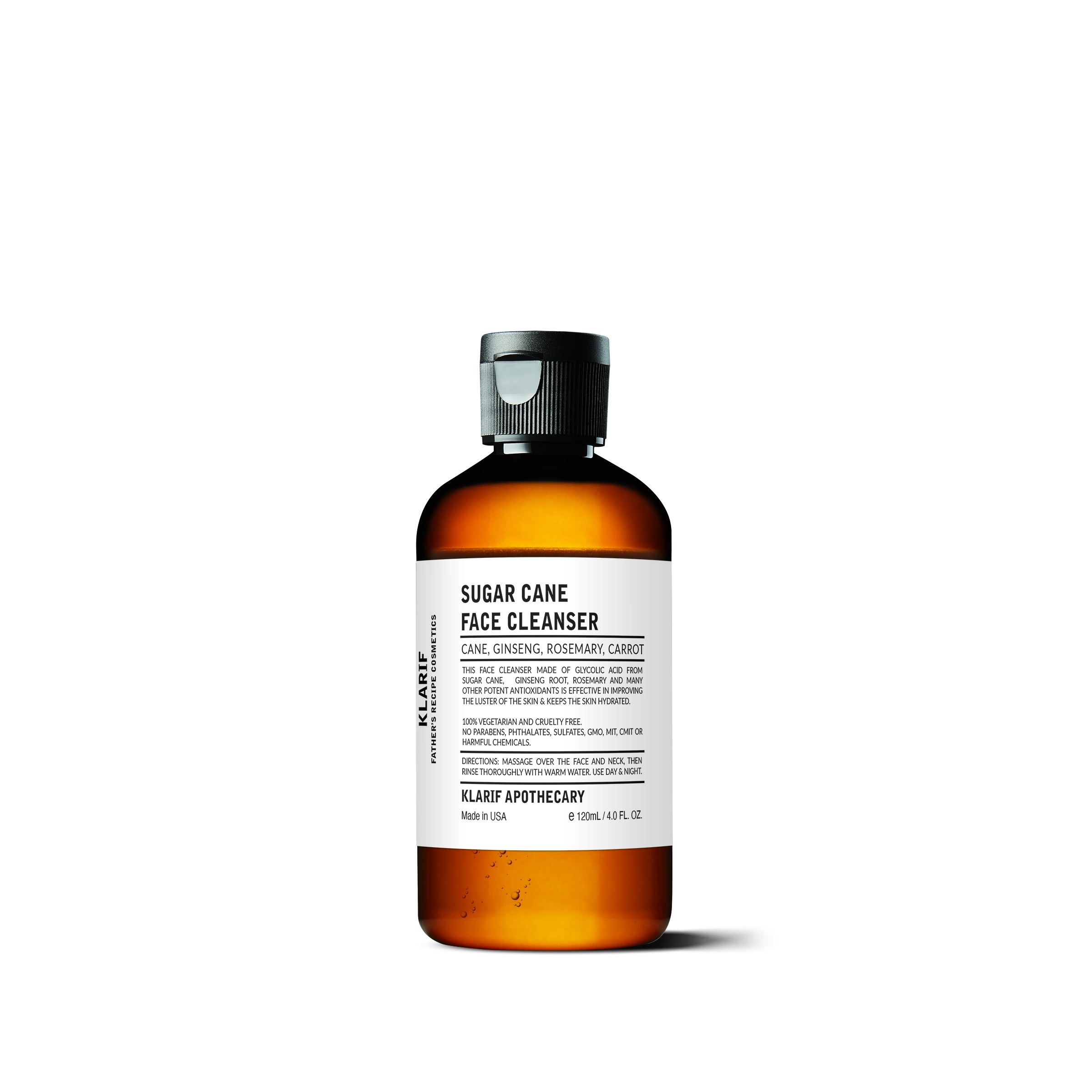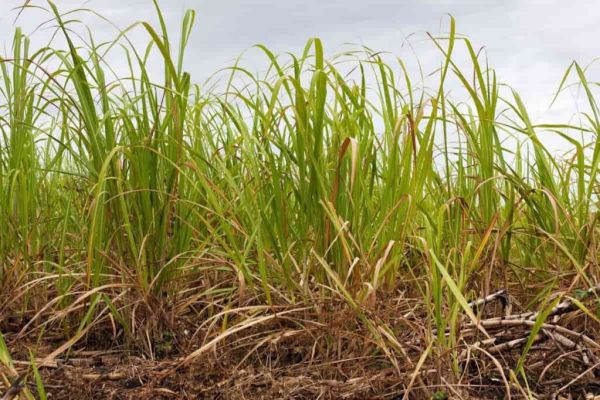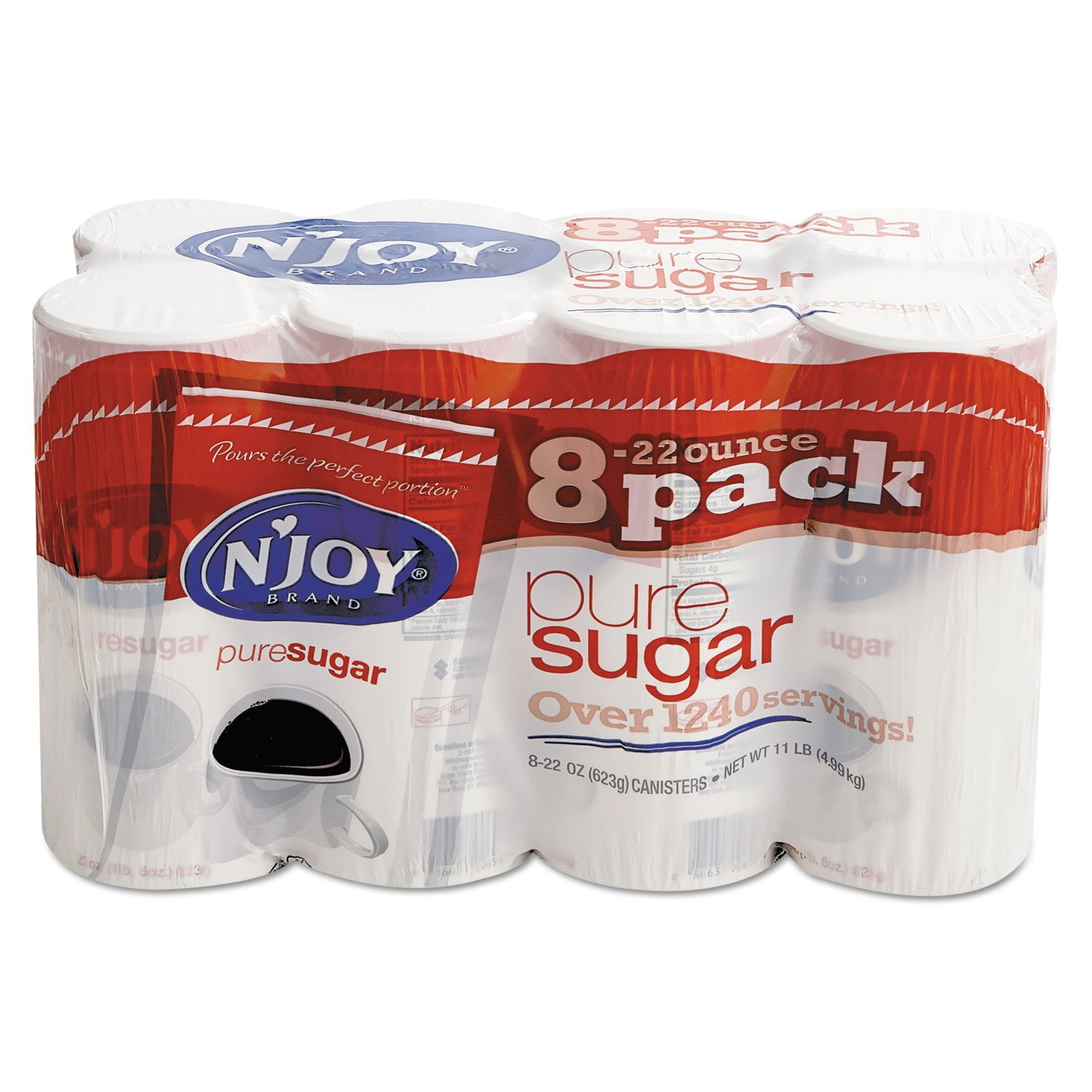What Is Sugar Cane Used For? A Complete Culinary and Industrial Breakdown
Discovering the Versatile Uses of Sugar Cane Beyond Sweeteners
Sugar Cane is usually linked only with sugar, yet its applications expand much past. This flexible crop plays a critical role in various sectors, consisting of bioplastics and biofuels. In addition, its fibers add to sustainable construction and textiles. The financial effects of sugar Cane manufacturing even more highlight its importance. As innovations proceed to emerge, the potential of sugar Cane to drive eco-friendly and financial advancements comes to be progressively apparent. What other shocks does this durable plant hold?
The Role of Sugar Cane in Biofuels
As nations look for sustainable power resources, sugar Cane has actually become an essential player in the biofuels industry. This exotic plant is abundant in sucrose, which can be fermented to create ethanol, a renewable gas alternative to nonrenewable fuel sources. The growing of sugar Cane for biofuel production not just decreases greenhouse gas emissions yet also adds to power safety, particularly in sugar-producing nations.
In addition, sugar cane-derived ethanol can be combined with gasoline, boosting its octane ranking and decreasing dependence on non-renewable sources. The by-products of sugar Cane processing, such as bagasse, are useful for producing electrical power, making the whole manufacturing cycle energy-efficient.
Research study continues to discover advanced techniques for optimizing energy yield from sugar walking cane, solidifying its role in the change to cleaner power remedies. As global demand for lasting gas rises, sugar Cane stands apart as an integral element of the biofuel sector.
Sugar Cane as a Source of Bioplastics
Although the environmental influences of plastic air pollution are progressively worrying, sugar Cane provides an appealing alternative as a source of bioplastics. Obtained from renewable resources, bioplastics made from sugar Cane can considerably minimize dependence on petroleum-based plastics. These bioplastics are produced via the fermentation of sugars drawn out from the cane, causing materials that can be compostable or biodegradable, relying on their formulation.
Using sugar Cane bioplastics not just lessens carbon discharges yet likewise advertises lasting agricultural practices. By using agricultural waste and by-products, the total ecological footprint of production is decreased. Additionally, products made from sugar Cane bioplastics can perfectly incorporate into existing waste management systems, addressing concerns concerning waste accumulation.
As markets look for lasting solutions, sugar cane-based bioplastics represent a feasible option that straightens with worldwide initiatives to deal with plastic contamination and cultivate a circular economy.
Medicinal Applications of Sugar Walking Cane
Sugar Cane is recognized for its antioxidant buildings, which add to various wellness advantages. Additionally, it has actually been used in typical remedies across societies, highlighting its importance in alternative medicine. These qualities underscore the potential of sugar Cane in the field of medical applications.
Antioxidant Properties of Walking Stick
Various studies have revealed that sugar Cane has substantial antioxidant properties, making it a useful element in medicinal applications. The phenolic substances found in sugar walking stick, such as flavonoids and phenolic acids, add to its ability to neutralize complimentary radicals, thus lowering oxidative anxiety in the body. This antioxidant task is connected to various wellness advantages, consisting of boosted cardio health and wellness and enhanced immune feature. Furthermore, sugar Cane removes have been revealed to display anti-inflammatory impacts, which can additionally support overall health. By combating oxidative damages, sugar Cane might play a role in the prevention of chronic conditions, making it an interesting topic of study for its potential restorative uses in modern-day medication.
Standard Remedies and Makes Use Of
While contemporary medicine often relies upon synthetic substances, standard treatments using sugar Cane highlight its longstanding significance in different cultures. In several tropical regions, sugar Cane juice has been used as an all-natural treatment for ailments such as dehydration and gastrointestinal problems. Its high water web content and crucial nutrients make it a popular treatment for urinary system tract infections and kidney rocks. Additionally, sugar Cane is believed to possess anti-inflammatory residential properties, assisting in the alleviation of breathing problems and sore throats. People medication often includes sugar Cane in concoctions to enhance energy and enhance total wellness. These age-old techniques highlight the versatility of sugar walking cane, prolonging its worth beyond sweetness to include health and health applications.
Eco-Friendly Building Products From Sugar Walking Stick
Sugar walking cane, commonly acknowledged for its pleasant yield, is obtaining attention as a resource of eco-friendly building and construction products. These products provide lasting building options, including naturally degradable composites that lower environmental effect. Additionally, sugar cane-derived products give effective insulation homes, boosting energy effectiveness in frameworks.
Sustainable Building Solutions
As the worldwide need for lasting construction materials climbs, innovative options stemmed from sugar Cane have emerged as a practical choice. This renewable energy presents various applications in green building options, specifically via its by-products. Sugar Cane fibers, known for their stamina and resilience, can be utilized in producing insulation products and composite panels. In addition, the juice and molasses from sugar Cane can be refined right into bio-based adhesives, reducing dependence on petroleum-based items. Using sugar Cane not just minimizes waste but also adds to lower carbon emissions during manufacturing. Additionally, including these materials into building methods supports the circular economy, promoting sustainability while dealing with journalism environmental challenges faced by the construction sector.
Biodegradable Compound Materials
Biodegradable composite products have garnered focus as sustainable alternatives in building and construction, specifically those obtained from sugar cane. These products use the fibrous by-products of sugar cane, such as bagasse, to create compounds that are both lightweight and solid. By integrating these natural fibers, suppliers can create materials that minimize reliance on non-renewable sources and traditional plastics. The lasting nature of sugar Cane compounds not only lessens environmental effect but also supports agricultural economies by giving extra revenue streams for farmers. Additionally, the biodegradability of these composites assurances that they do not add to long-lasting waste in land fills. As the building industry seeks greener remedies, sugar cane-derived composites offer an appealing course towards more environmentally friendly building methods.

Insulation Qualities and Conveniences
The insulation residential or commercial properties of environment-friendly building and construction products acquired from sugar Cane deal significant advantages in power performance and environment control. Sugar Cane fibers have all-natural shielding top qualities that aid manage interior temperature levels, minimizing the requirement for extreme home heating or cooling. This look at this now characteristic contributes to lower energy usage, advertising sustainability in building methods. Furthermore, making use of sugar cane-based insulation materials is useful for indoor air quality, as they are less most likely to emit volatile natural substances (VOCs) contrasted to traditional insulation products. Additionally, these products are eco-friendly, straightening with eco-conscious construction objectives. As the building market seeks greener alternatives, sugar cane-derived insulation stands out as a promising remedy that incorporates performance with environmental duty, sustaining both energy financial savings and ecological conservation.
Sugar Cane in the Textile Industry
Frequently overlooked, sugar Cane plays a substantial function in the textile sector, mostly with the manufacturing of lasting fibers. These fibers, obtained from the plant's byproducts, are progressively recognized for their eco-friendly residential properties. Sugar Cane fibers, such as bagasse and sisal, are long lasting and naturally degradable, making them attractive alternatives to traditional synthetic fibers.
Their use in fabrics advertises sustainability by decreasing dependence on petroleum-based materials while likewise providing an opportunity for waste decrease from sugar production. Furthermore, technologies in textile handling have actually enabled makers to blend sugar Cane fibers with various other materials, improving the overall top quality and versatility of materials.
This shift in the direction of incorporating sugar Cane in fabrics reflects a broader pattern in the sector, going for environmentally accountable techniques. As demand for sustainable materials remains to increase, sugar walking cane's duty in textiles may expand, providing both financial and eco-friendly advantages.
Nutritional Benefits and Pet Feed

In addition, sugar Cane has necessary minerals and vitamins that improve the nutritional account of animal feed, boosting resistance and overall health. Its pleasant preference and palatability make it an attractive feed option, urging feed intake amongst pets. By integrating sugar Cane right into their diet regimens, livestock manufacturers can decrease reliance on standard feed sources, possibly lowering feed prices while maintaining pet health and efficiency. Consequently, sugar Cane becomes a healthy and sustainable choice in the field of pet agriculture.
The Economic Effect of Sugar Cane Production
While lots of farming assets add to regional economic situations, sugar Cane manufacturing sticks out due to its considerable financial influence across various regions. This functional plant not only offers job opportunity in distribution, processing, and farming yet additionally supports ancillary industries such as transportation and manufacturing. In countries like Brazil and India, sugar Cane is a vital vehicle driver of country development, fostering economic stability and enhancing incomes.
The spin-offs of sugar walking cane, consisting of ethanol and molasses, further diversify income streams, decreasing and developing added markets dependency on traditional sweeteners - What Is Sugar Cane Used For. Additionally, as global demand for renewable resource surges, the function of sugar Cane in biofuel visite site manufacturing is coming to be increasingly prominent, attracting financial investments and improving regional economic climates. On the whole, the economic implications of sugar Cane production are extensive, affecting both local work markets and more comprehensive economic patterns in areas reliant on this essential plant
Often Asked Questions
Just How Is Sugar Cane Processed Into Biofuels?
The processing of sugar Cane right into biofuels entails drawing out juice, fermenting it into ethanol, and refining the item. This method harnesses the plant's all-natural sugars, transforming them into renewable resource sources for numerous applications.
What Are the Ecological Benefits of Using Sugar Cane?
The ecological benefits of utilizing sugar Cane consist of decreased greenhouse gas emissions, enhanced dirt wellness through lasting farming methods, and lower dependence on fossil fuels, which jointly add to an extra green and lasting agricultural system.

Can Sugar Cane Be Grown in Any Type Of Environment?

Sugar Cane flourishes in tropical and subtropical environments, needing cozy temperature levels, enough sunshine, and enough rains. Its development is restricted in colder regions, making it unsuitable for temperate or frozen environments where frost occurs.
What Are the Historical Usages of Sugar Walking Stick?
Historically, sugar Cane offered various purposes beyond sweetening - What Is Sugar Cane Used For. It was used for producing rum, as a resource of biofuel, in typical medication, and for crafting products like paper and molasses, showcasing its diverse applications throughout different societies
Just How Does Sugar Cane Effect Resident Economies?
The impact of sugar Cane on local economies is significant, providing work, improving agricultural industries, Click This Link and fostering profession. Its farming sustains rural incomes and stimulates local markets, contributing to overall economic development and area growth.
The financial effects of sugar Cane production even more underscore its significance. Obtained from sustainable sources, bioplastics made from sugar Cane can considerably minimize dependence on petroleum-based plastics. Naturally degradable composite materials have amassed focus as lasting alternatives in building and construction, especially those derived from sugar walking cane. These materials make use of the fibrous results of sugar walking stick, such as bagasse, to create compounds that are both strong and light-weight. While numerous farming products add to regional economies, sugar Cane manufacturing stands out due to its considerable financial impact throughout various areas.